What is DeafSpace and how can it enhance architecture for everyone?
DeafSpace learnings can help create profoundly sense-centric architecture; why shouldn't groundbreaking designs also be inclusive?
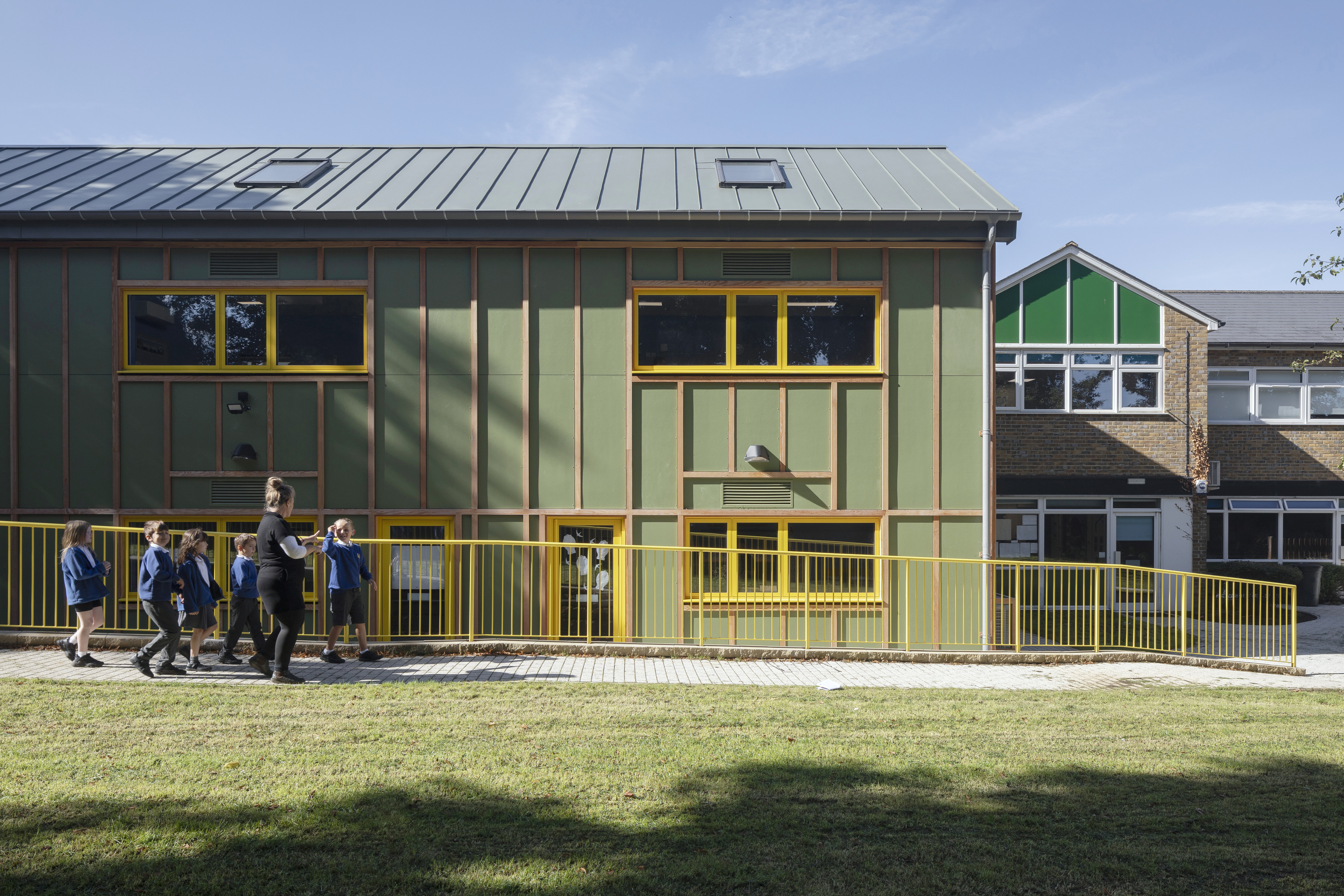
How can architecture embrace diversity? The DeafSpace approach offers an answer, and a much-needed alternative to what, until recently, has been the norm in building design.
Even with a growing awareness of how design can exclude parts of the population, inclusive architecture can still be viewed as challenging the mythical ideal of ‘architectural purity’. The now-iconic Modular Man by Le Corbusier has long epitomised mainstream architecture's tendency to centre design around a small pool of archetypal athletic men.
Beyond this tradition of the architectural canon, the lesser-known principles of DeafSpace offer a powerful model for creating not just for accessibility but for altogether better design. Developed within the Deaf community, DeafSpace reimagines architecture with an acute awareness of sensory and social experience.
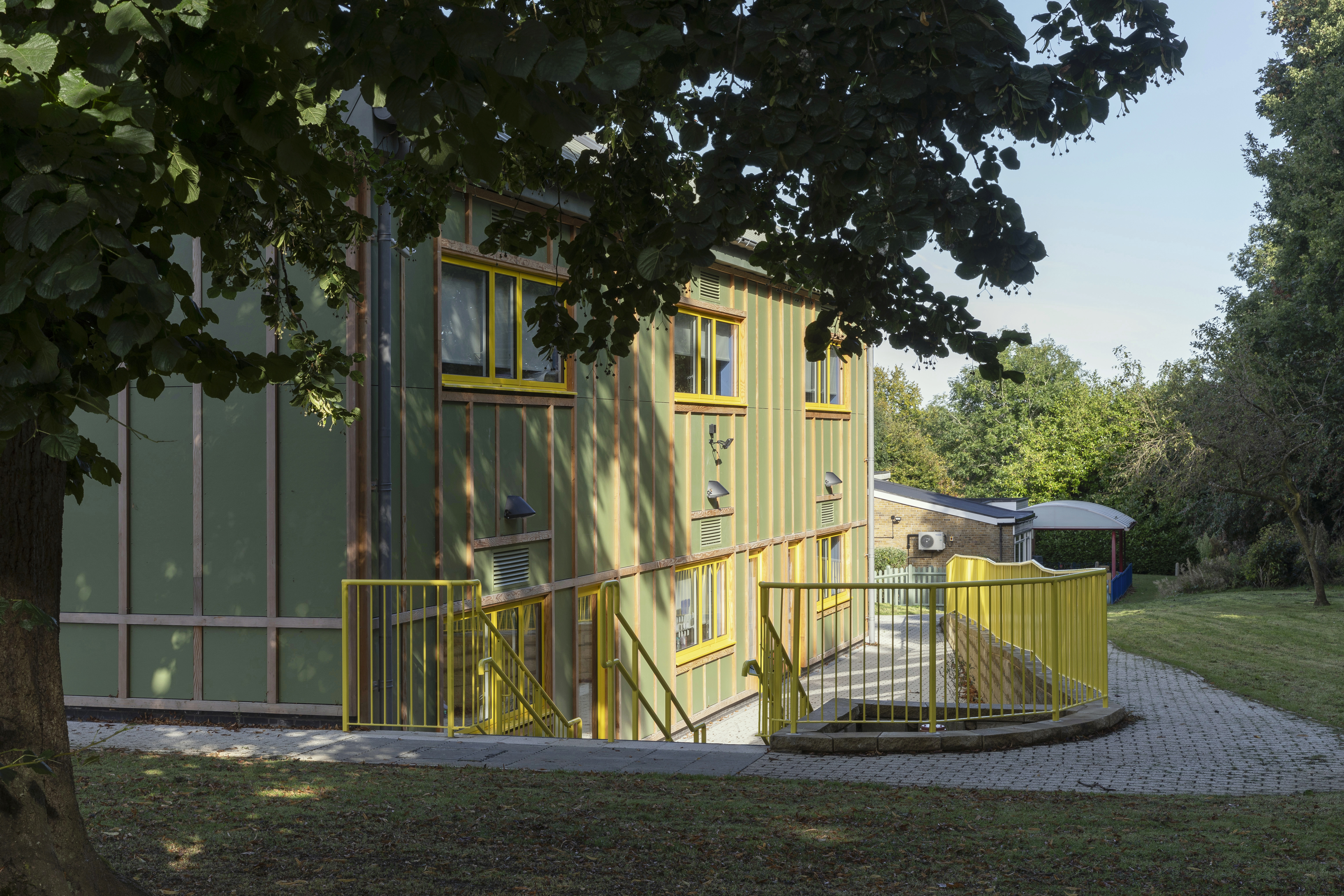
Heathlands School for deaf children in St Albans
What is DeafSpace?
In many cases, inclusivity in architecture is left as an afterthought in the design process; a culture of compliance usually leads to bureaucratic box-ticking – a far cry from creating anything that is loving or, dare we say, aesthetically pleasing. In contrast to this, DeafSpace aims to weave in a visceral human-focused approach that informs form, function, and aesthetics from the very beginning.
As bell hooks (the pen name of American author Gloria Jean Watkins) famously said, 'Feminism is for everybody.' Likewise, while rooted in the experiences of the deaf community, Deaf architect and DeafSpace expert Richard Dougherty explains, ‘DeafSpace is also about “deaf gain”, ie, the benefits which extend beyond the deaf community at an intersectional level.’
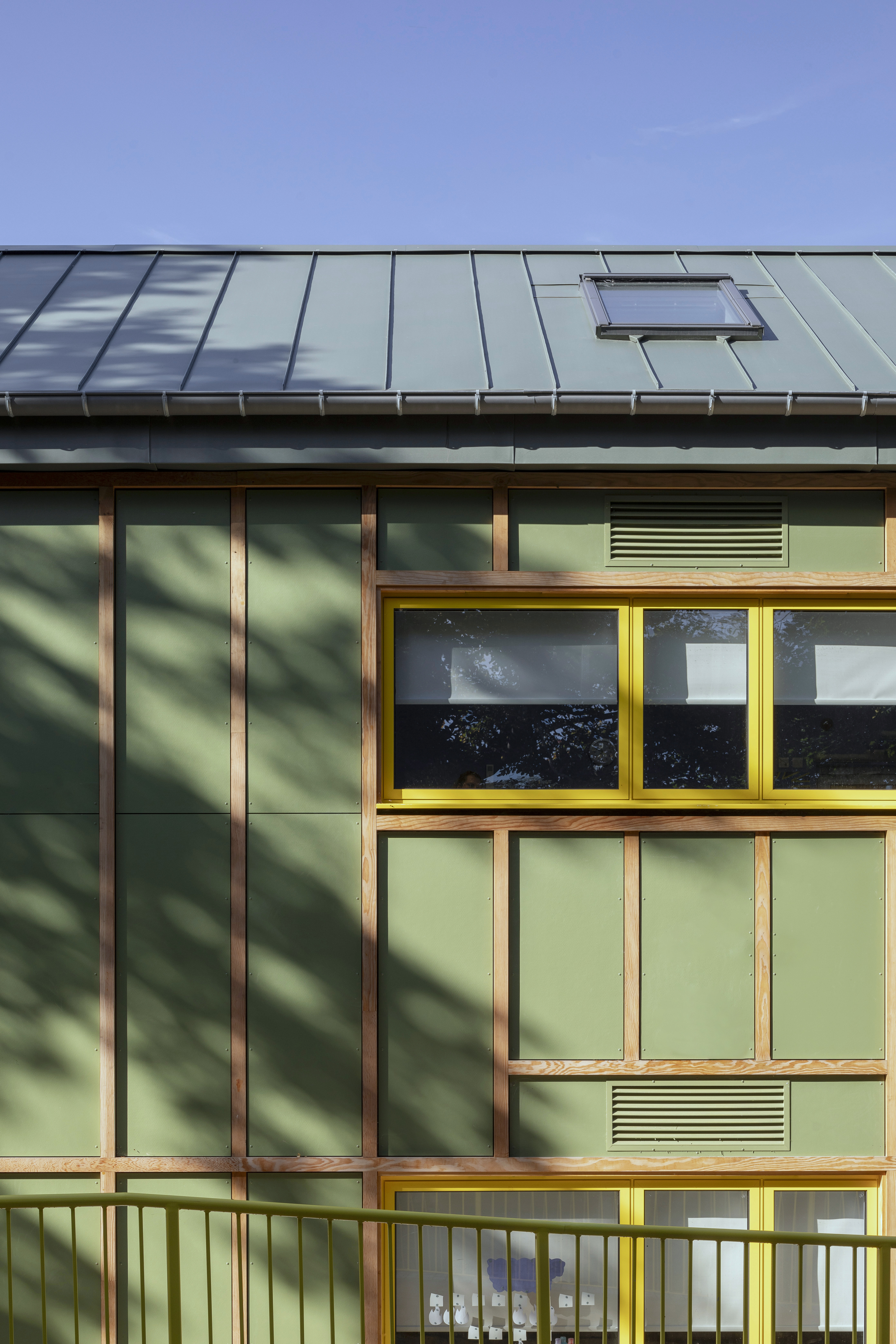
Heathlands School for deaf children in St Albans
The DeafSpace principles
- Transparency
- Vibration
- Reflection
- Visibility
- Sharing
For DeafSpace, five key criteria – transparency, vibration, reflection, visibility, and sharing – outline ways of accommodating varying levels of sensory reach, marking a return to our innate qualities of being human.
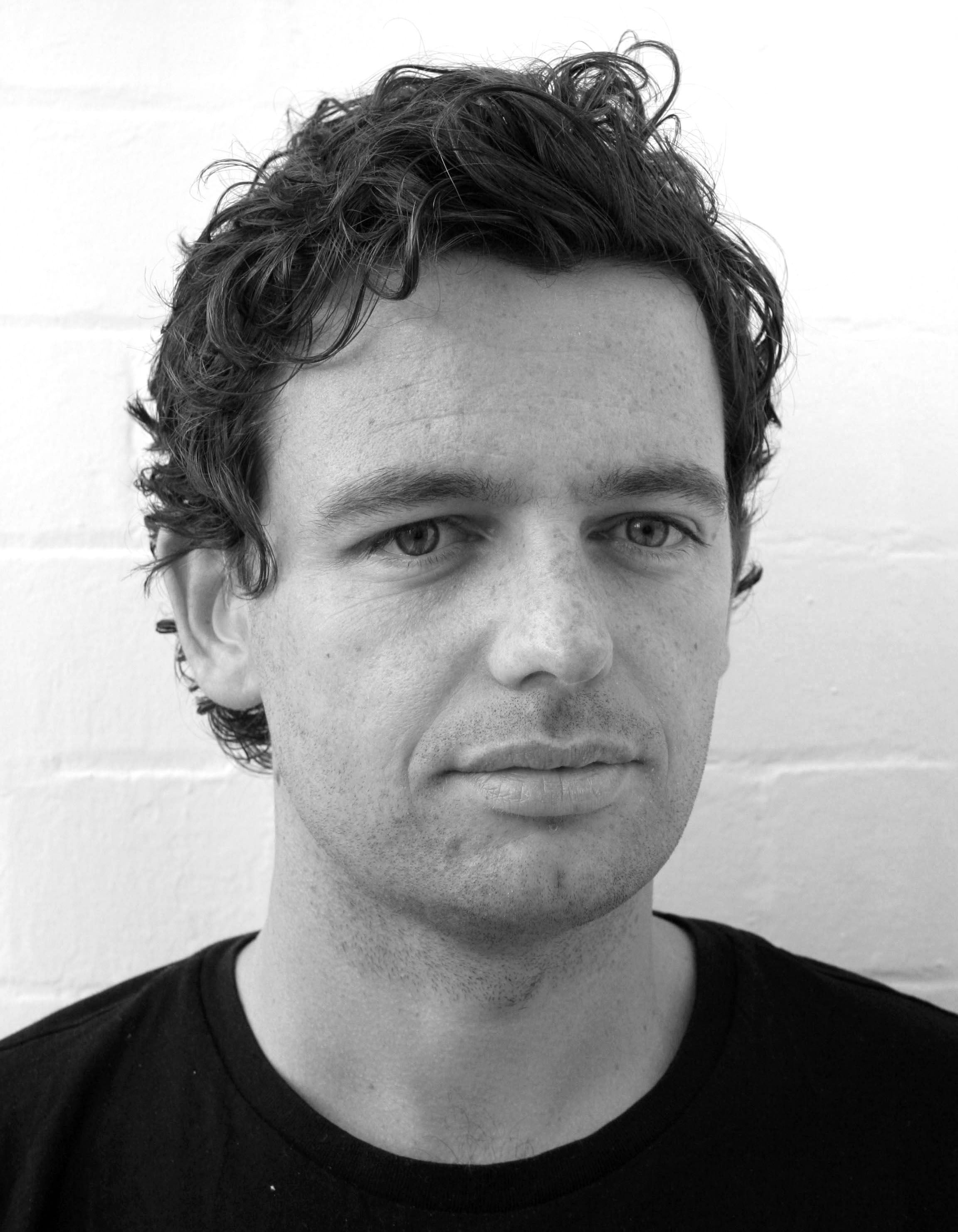
Richard Dougherty
Dougherty continues, 'We’ve always been visual creatures, tactile creatures. We've danced and sat around fireplaces... The question is how do these kinds of spaces become designed to support those ways of being that are multisensory and interconnected?'
Receive our daily digest of inspiration, escapism and design stories from around the world direct to your inbox.
Since DeafSpace’s introduction in 2005, a handful of architects have been leading the charge in bringing its principles into projects. New facilities like the Woodlands Building at Heathlands School for deaf children in St Albans demonstrate how design inclusivity can act as a prerequisite to architectural style.
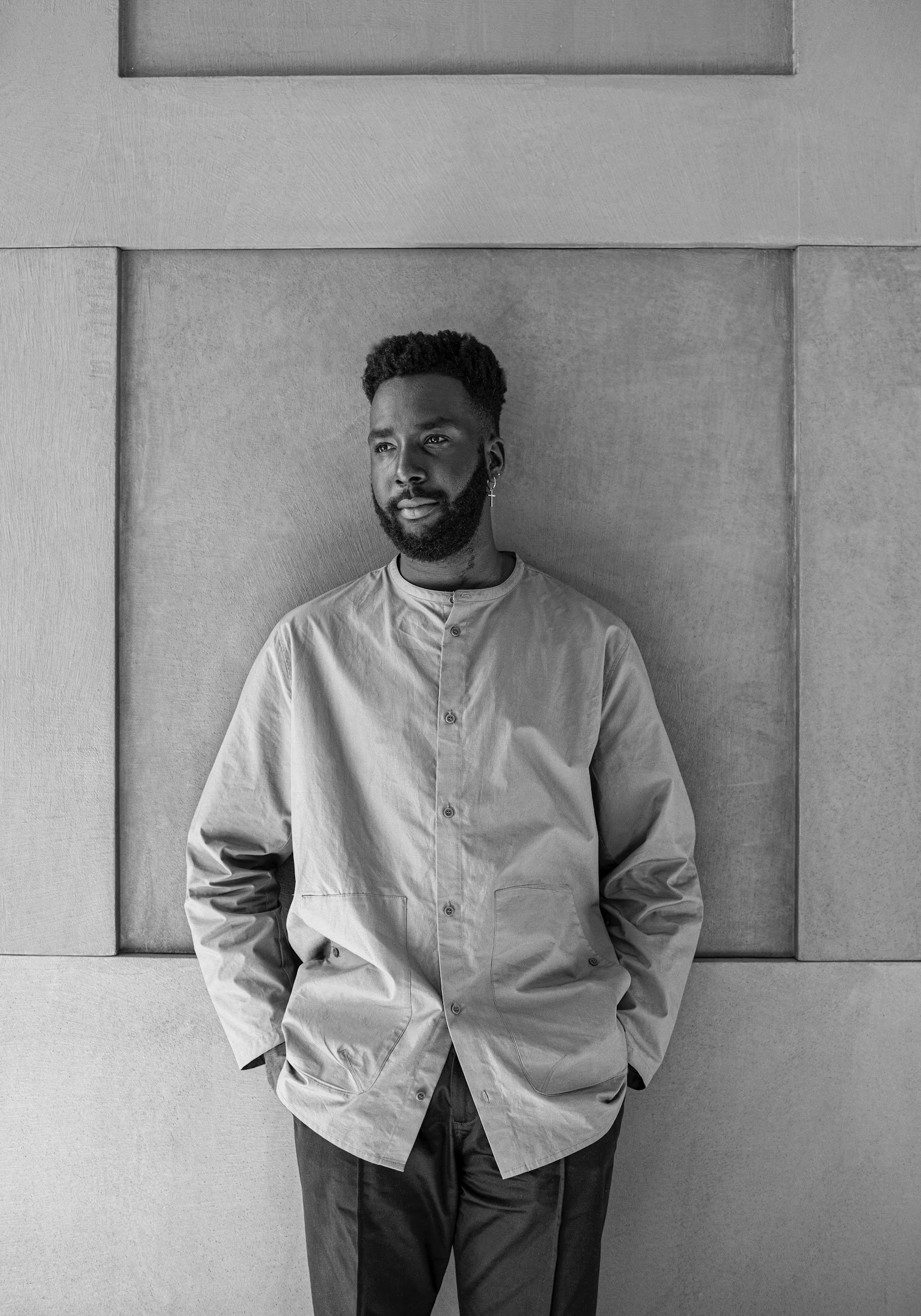
Chris Laing
Completed in 2024, the project was delivered by architecture practice Manalo & White in collaboration with Dougherty. It includes six additional classrooms linked to existing buildings by a series of interwoven liminal spaces. Sidestepping the need for narrow, enclosed corridors, the new addition favours covered outdoor spaces, which afford students a generous view of their surroundings while also allowing space for them to gesticulate effectively while traversing the site.
Meanwhile, timber battens clad the exterior, breaking up the mass of the building and making its facets easier to read from close up and far away. Speaking about elements of the material palette, Steve Fox, architect at Manalo & White, notes, 'We were keen to create variations in texture, thinking about the building as a “felt” object as well as a seen one.'

The Clearing in Braunschweig, Germany
Students also need to be able to read facial expressions effectively. As a result, classrooms benefit from dual aspects to avoid silhouetting and encourage diffused light, which helps illuminate rooms naturally. Fox continues, 'The school considered that many children have multiple challenges, not just deafness, but also vision or mobility issues. The space design isn't just for hearing needs, it supports a breadth of sensory experiences.'
Taking a similar stance, the pop-up project The Clearing in Braunschweig, Germany, was designed by The DisOrdinary Architecture Project in collaboration with Dougherty and Chris Laing. The design works to transform a previously underutilised site into a vibrant social space by engaging with local deaf and blind communities.

The Clearing in Braunschweig, Germany
Taking inspiration from nature, tendril-like curtains cascade down to the ground, creating varying layers of permeability that gently usher occupants into the orbit of the structure. Throughout, seating and areas for socialising are arranged in circular shapes to support visual connection, allowing participants to see and sign to each other clearly without spatial hierarchy. Laing comments, 'There's no one at the head of the table, it feels democratic, and it’s that feeling of gathering around where everyone can contribute.'
As Jos Boys, founder of The DisOrdinary Architecture Project, explains, 'DeafSpace is one of many potentialities, there's no such thing as a one-size-fits-all solution, but we need diversity, and this is just one of many ways of designing with generosity.' With a growing and deeper understanding of our diverse physical and neurological experiences, could we see more buildings embracing DeafSpace as a creative catalyst? More than just a framework for accessibility, DeafSpace offers a blueprint for inclusive architecture that is visually compelling and sensorially rich, benefiting not only the deaf community but all who engage with the built environment.
Teshome Douglas-Campbell is a London-based writer, architectural designer whose work explores the intersection of design, community, and culture. With a background in socially engaged architecture, he brings a critical eye to ways we craft living environments, documenting emerging design movements and profiling transformative spaces.
-
 How to elevate a rental with minimal interventions? Charu Gandhi has nailed it with her London home
How to elevate a rental with minimal interventions? Charu Gandhi has nailed it with her London homeFocus on key spaces, work with inherited details, and go big on colour and texture, says Gandhi, an interior designer set on beautifying her tired rental
-
 These fashion books, all released in 2025, are the perfect gift for style fans
These fashion books, all released in 2025, are the perfect gift for style fansChosen by the Wallpaper* style editors to inspire, intrigue and delight, these visually enticing tomes for your fashion library span from lush surveys on Loewe and Louis Vuitton to the rebellious style of Rick Owens and Jean Paul Gaultier
-
 Out of office: The Wallpaper* editors’ picks of the week
Out of office: The Wallpaper* editors’ picks of the weekFar from slowing down for the festive season, the Wallpaper* team is in full swing, hopping from events to openings this week. Sometimes work can feel like play – and we also had time for some festive cocktails and cinematic releases
-
 A former agricultural building is transformed into a minimal rural home by Bindloss Dawes
A former agricultural building is transformed into a minimal rural home by Bindloss DawesZero-carbon design meets adaptive re-use in the Tractor Shed, a stripped-back house in a country village by Somerset architects Bindloss Dawes
-
 RIBA House of the Year 2025 is a ‘rare mixture of sensitivity and boldness’
RIBA House of the Year 2025 is a ‘rare mixture of sensitivity and boldness’Topping the list of seven shortlisted homes, Izat Arundell’s Hebridean self-build – named Caochan na Creige – is announced as the RIBA House of the Year 2025
-
 In addition to brutalist buildings, Alison Smithson designed some of the most creative Christmas cards we've seen
In addition to brutalist buildings, Alison Smithson designed some of the most creative Christmas cards we've seenThe architect’s collection of season’s greetings is on show at the Roca London Gallery, just in time for the holidays
-
 In South Wales, a remote coastal farmhouse flaunts its modern revamp, primed for hosting
In South Wales, a remote coastal farmhouse flaunts its modern revamp, primed for hostingA farmhouse perched on the Gower Peninsula, Delfyd Farm reveals its ground-floor refresh by architecture studio Rural Office, which created a cosy home with breathtaking views
-
 A revived public space in Aberdeen is named Scotland’s building of the year
A revived public space in Aberdeen is named Scotland’s building of the yearAberdeen's Union Terrace Gardens by Stallan-Brand Architecture + Design and LDA Design wins the 2025 Andrew Doolan Best Building in Scotland Award
-
 A refreshed 1950s apartment in East London allows for moments of discovery
A refreshed 1950s apartment in East London allows for moments of discoveryWith this 1950s apartment redesign, London-based architects Studio Naama wanted to create a residence which reflects the fun and individual nature of the clients
-
 In this Cotswolds home, drama meets minimalism
In this Cotswolds home, drama meets minimalismCotswolds home Hiaven house, with interiors designed by McLaren Excell, is a perfect blend of contemporary chic and calm, countryside drama
-
 David Kohn’s first book, ‘Stages’, is unpredictable, experimental and informative
David Kohn’s first book, ‘Stages’, is unpredictable, experimental and informativeThe first book on David Kohn Architects focuses on the work of the award-winning London-based practice; ‘Stages’ is an innovative monograph in 12 parts